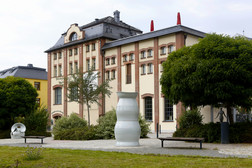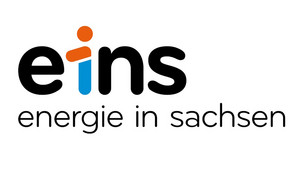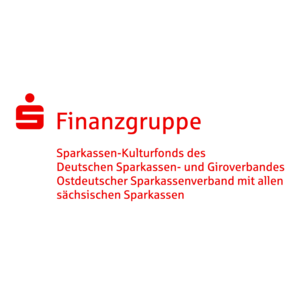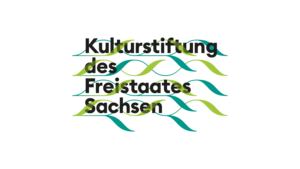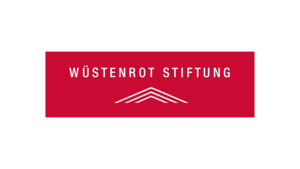Uli Aigner: One Million Item 3501 and 3502
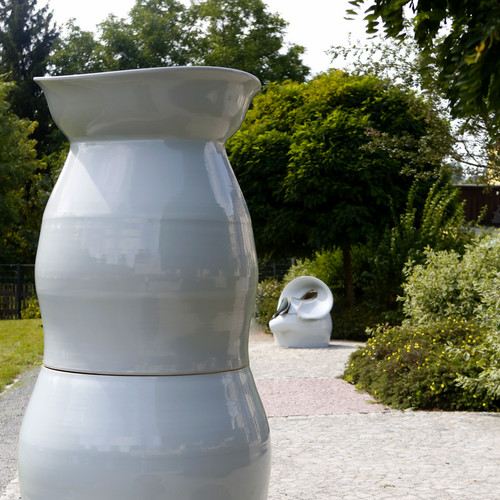
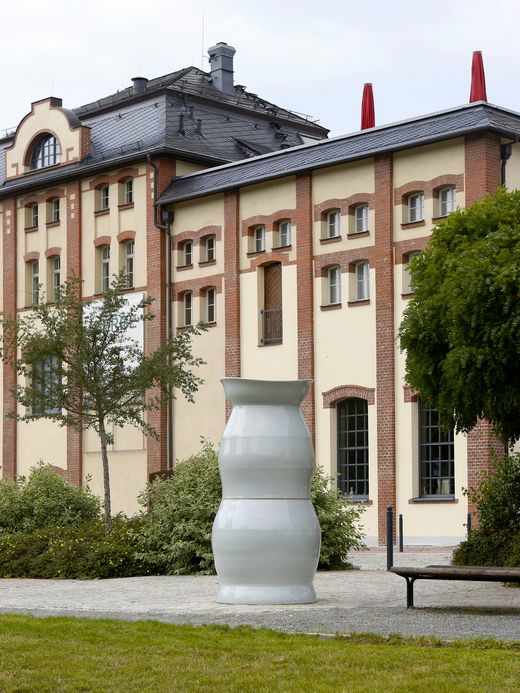
The artist Uli Aigner, born in Austria in 1965 and now living in Berlin, began her magnum opus One Million in 2014, creating it with just her bare hands and a potter’s wheel. The artist, who completed a pottery apprenticeship and then studied product and digital image design, collaborates with others and draws on dialogue to create a wide variety of porcelain vessels, ranging in size from tiny to gigantic. Aigner carves a sequential number into the moist clay on each of her Items, 8000 of which have been produced so far, and fires the porcelain with a transparent glaze. Once complete, each piece is added to the overall project. A world map on the artist’s website shows the locations of her exhibits, and the ever-changing designs are listed in a global archive.
These two monumental pieces from the series, numbered 3501 and 3502, were created in 2019 in collaboration with potters in Jingdezhen, China – the world capital of porcelain and formerly the hub of production for the legendary Ming dynasty. Weighing around 800 kilograms, Item 3502 was unable to withstand the forces of nature and collapsed during the manufacturing process. The apparently broken item was included by Aigner alongside its “intact” counterpart in the One Million series, representing different forms of existence under her “Porcelain Code”.
Lößnitz followed the example of the mining towns of Schneeberg and Aue-Bad Schlema. The entrepreneurial Schnorr family from Schneeberg mined cobalt as early as the seventeenth century. The St. Andreas Zeche Weiße Erde (St. Andrew’s White Earth Mine), a source of kaolin (Sprungmarke: Cluster 3), the raw material for the “white gold” of porcelain, followed in 1708. Until this point, the ruling houses of Europe had imported fine porcelain from China, but in 1710, the first Meissen porcelain factory was established. The Erzgebirge provided the base material for Meissen porcelain (Sprungmarke: Cluster 3), which was then decorated in blue, in line with the Chinese fashion.
Aigner chose Lößnitz as the location for the monumental Items 3051 and 3502, which were moulded in China, thus completing a circle. In future, all 38 municipalities on the Purple Path will receive a ceramic vessel from Uli Aigner.
(Text: Alexander Ochs / Ulrike Pennewitz)
Uli Aigner
One Million Item 3501 and 3502
In Lößnitz, Niedergraben
In Lößnitz, Niedergraben
Material: Porcelain
Size: 1,00 m x 2,40 m
Set up with the support of the town Lößnitz.
During the winter month, the artwork is covered and therefore not open to the public.
Address:
Old Schwartz Steam Brewery
Niedergraben 11
08294 Lößnitz
to the location on Google Maps
There is a lot to discover at the PURPLE PATH! Experience tips presented by the Tourismusverband Erzgebirge e.V.
↗Recommendations for Uli Aigner's ‘One Million Item 3501 und 3502’


